Show Up Where
People Search
Get found on Google and AI platforms. SEO that drives real traffic and conversions.
Founder-led SEO boutique. Built tools used by 100k+ marketers.
View ServicesInternational SEO Speaker & Expert
Sharing SEO insights at top industry conferences worldwide.
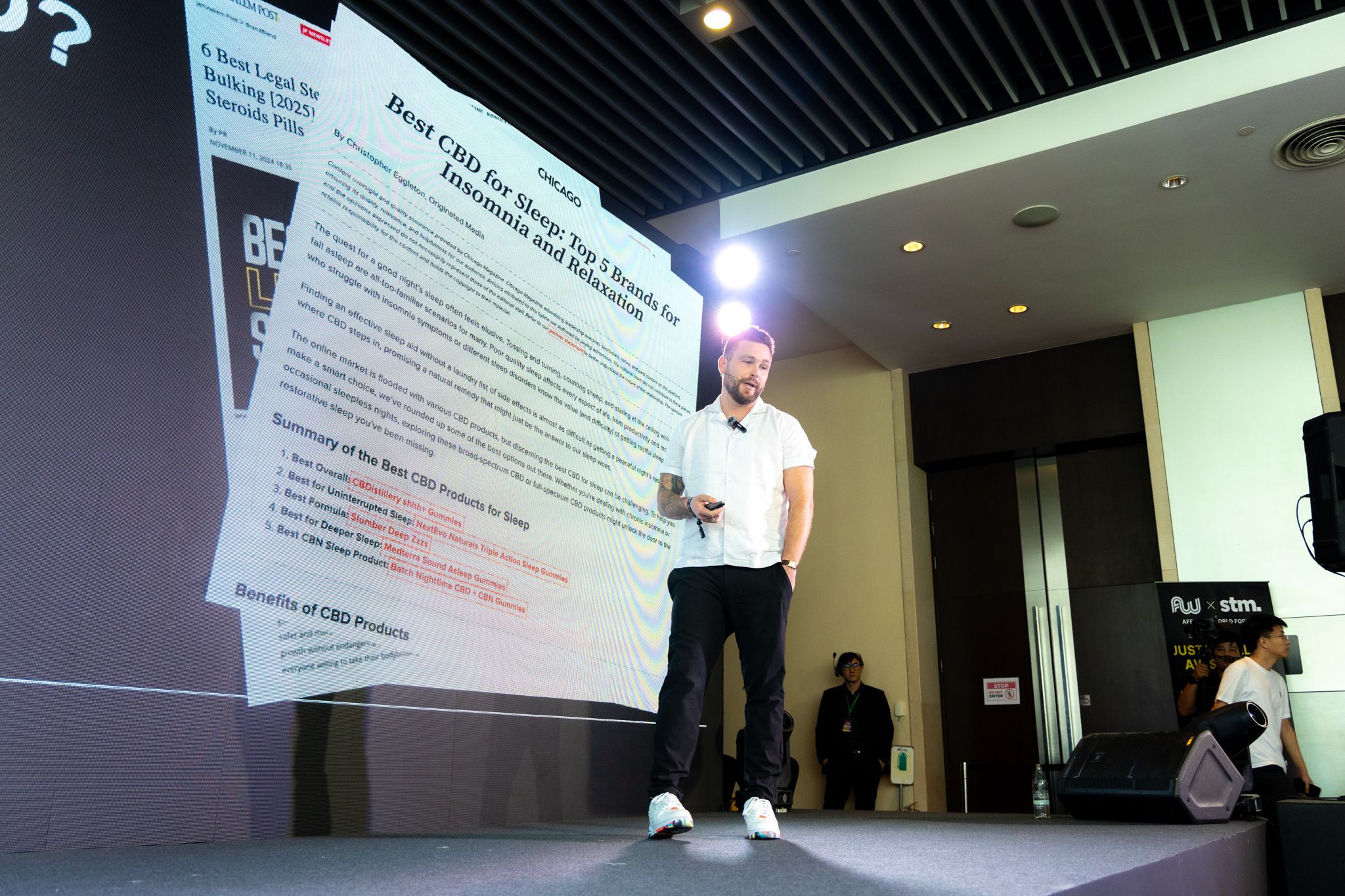
Presented advanced SEO strategies to 6000+ affiliate marketers and digital entrepreneurs.

Led discussions on SEO in the gaming industry and participated in expert panel debates.

Shared cutting-edge SEO techniques and AI automation strategies with industry leaders.
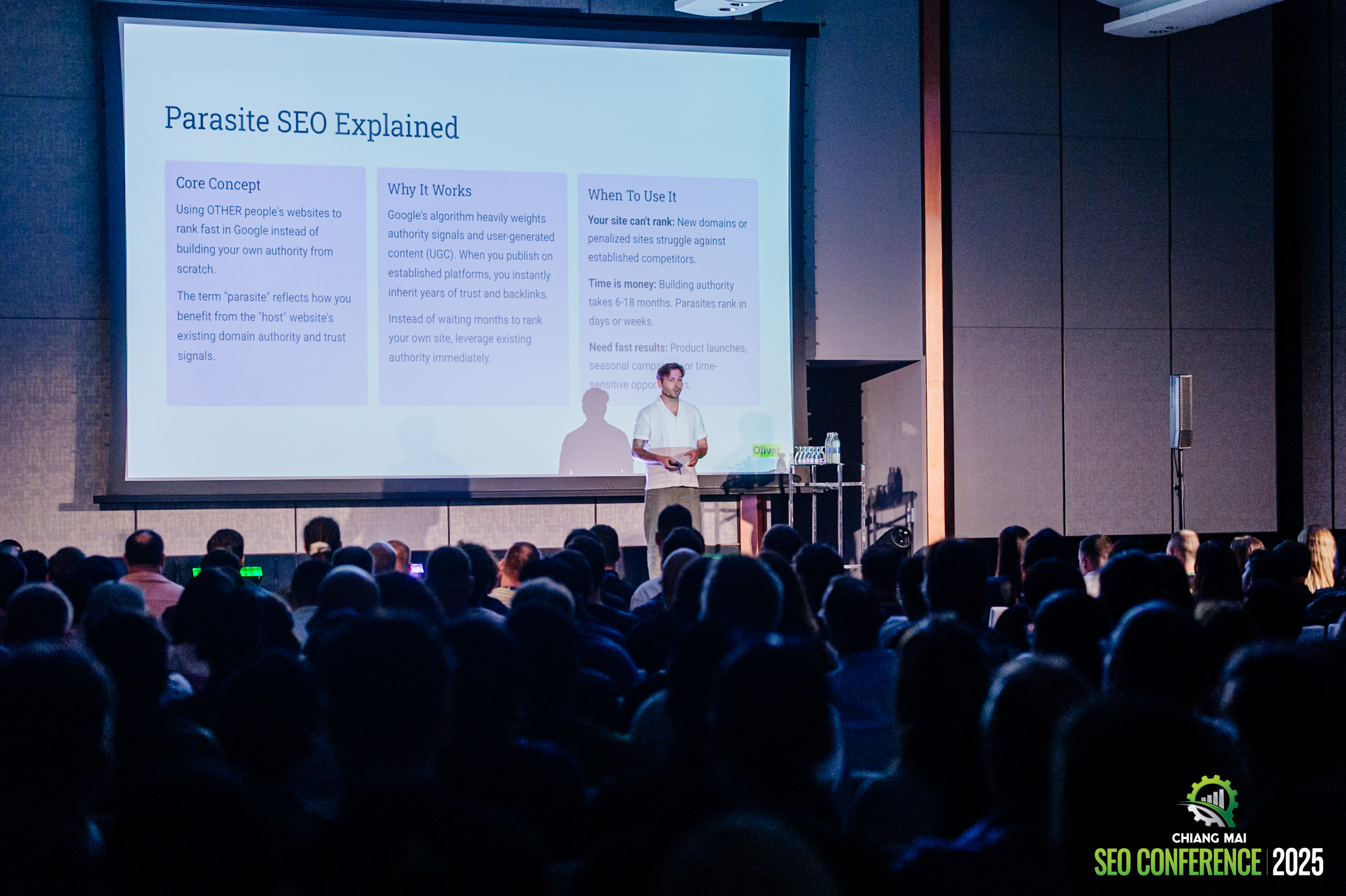
Presented on Parasite SEO strategies - leveraging high-authority domains for rapid ranking gains.
Available for conferences, workshops, and corporate training sessions worldwide.
Hire MeMy SEO Tools & Products
Proven tools used by thousands of SEO professionals worldwide.
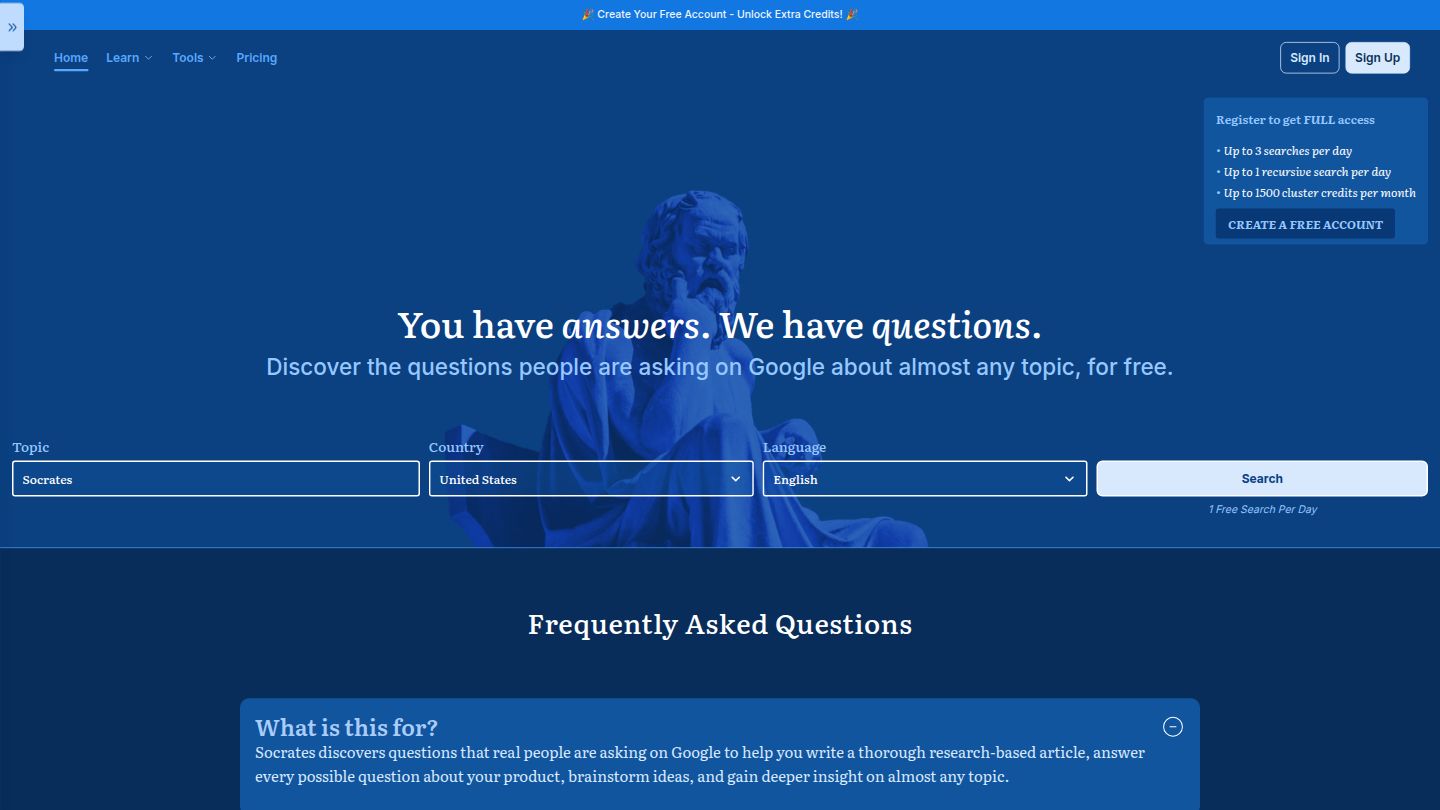
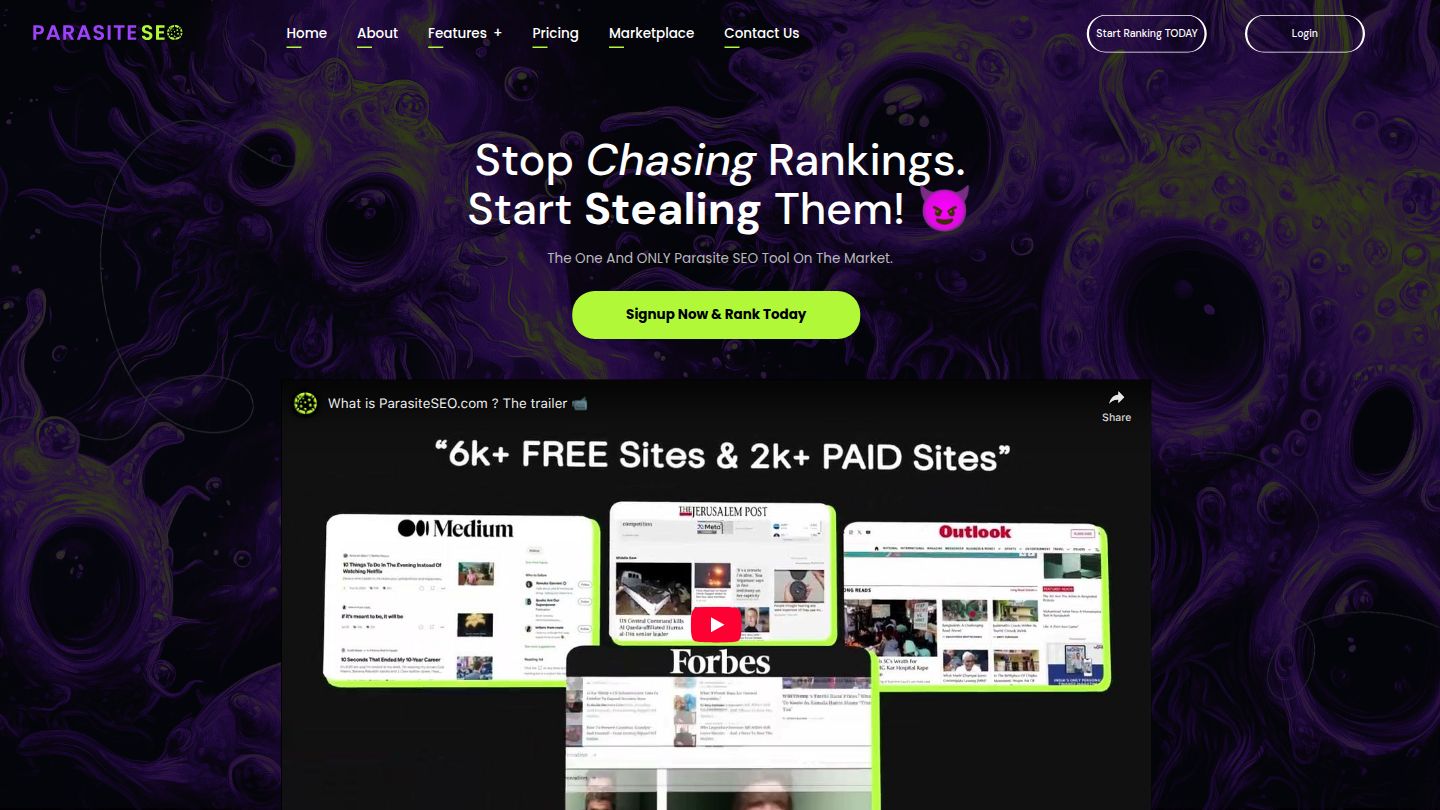
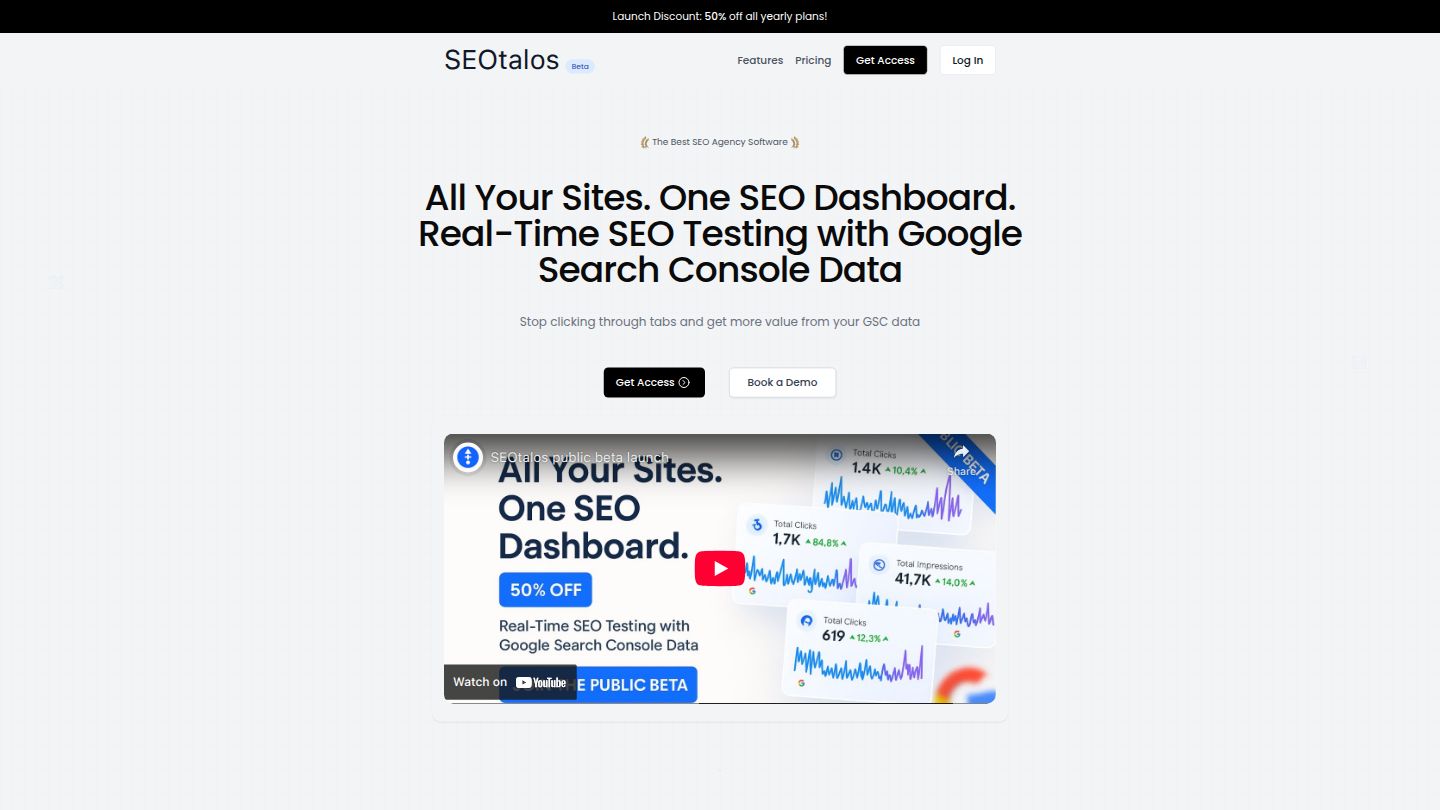
SERP Analysis
Track • Analyze • Expose
SEO Services
Productized SEO services designed to deliver outcomes in 7-40 days.
Reddit Marketing
Strategic Reddit engagement to drive authentic traffic and conversions from targeted communities.
~100K+ impressions/campaign
$2,999
per campaign
~200K+ impressions/campaign
$4,999
per campaign
~500K+ impressions/campaign
$9,999
per campaign
0%
Monthly Return on Investment
0
Monthly Reach
0
Conversions
2%
Conversion Rate
$0
Monthly Revenue
- Strategy based on your subreddit communities
- Authentic engagement to boost visibility
- ICP and subreddit analysis
- Quick execution – weeks, not months
If actual returns don't meet projected results (monthly average), we issue a refund of your marketing investment. Quick, no questions asked. We're focused on delivering real ROI and measurable results.
Get Reddit Marketing StrategyQuora Marketing
Strategic Q&A positioning to establish thought leadership and drive qualified traffic.
Our Approach
- Strategic answer positioning for industry authority
- Target high-traffic questions in your niche
- Build verified expert profiles
- Consistent, value-first content creation
What You Get
- Expert profile optimization
- High-value answer creation
- Strategic question targeting
- Monthly performance reporting
Quora Marketing Packages
$440
10 links ($44 per link)
- • 10 links
- • Posted from upgraded, trusted accounts
- • Promoted within existing relevant topics
- • Any language
- • Indexing included
- • 1-month warranty
$900
25 links ($36 per link)
- • 25 links
- • Posted from upgraded, trusted accounts
- • Promoted within existing relevant topics
- • Any language
- • Indexing included
- • 1-month warranty
$1,400
50 links ($28 per link)
- • 50 links
- • Posted from upgraded, trusted accounts
- • Promoted within existing relevant topics
- • Any language
- • Indexing included
- • 1-month warranty
$2,000
100 links ($20 per link)
- • 100 links
- • Posted from upgraded, trusted accounts
- • Promoted within existing relevant topics
- • Any language
- • Indexing included
- • 1-month warranty
Digital PR
High-authority media placements and brand mentions across top-tier publications.
Our Approach
- Organic, editorial-first approach
- High-authority journalistic publications
- $3,000 deposit to start campaigns
- Real journalists, real publications
What You Get
- Natural editorial mentions
- High-DR publication coverage
- Authentic brand mentions
- Campaign progress reports
Digital PR Pricing
| DR Range | Unique/Do Follow | Unique/No Follow | Syndicated/Do Follow | Syndicated/No Follow | Brand Mention |
|---|---|---|---|---|---|
| < DR 40 | $250 | $200 | $150 | $100 | $30 |
| DR 40-60 | $400 | $325 | $250 | $200 | $75 |
| DR 60-80 | $700 | $600 | $425 | $350 | $105 |
| DR 80+ | $1,100 | $900 | $700 | $600 | $180 |
$3,000 deposit required to begin campaigns. All placements are 100% organic editorial.
Message me for detailsLink Building Packages
High-quality backlinks from relevant, authoritative websites.
Single Links
| DR Range | Guest Posts | Link Inserts |
|---|---|---|
| DR 20-40 | $150 | — |
| DR 40-60 | $300 | $200 |
| DR 60-80 | $600 | $400 |
| DR 80+ | $1,200 | — |
Quality Guarantee
Included With Every Link
Traffic Minimums:
- DR20–40 → 1,000+ visits/mo
- DR40–60 → 5,000+ visits/mo
- DR60–80 → 10,000+ visits/mo
- DR80+ → 20,000+ visits/mo
Also...
- • 50+ referring domains minimum
- • Topical site/page-level relevance
- • Protection: 90-day replacement if link removed